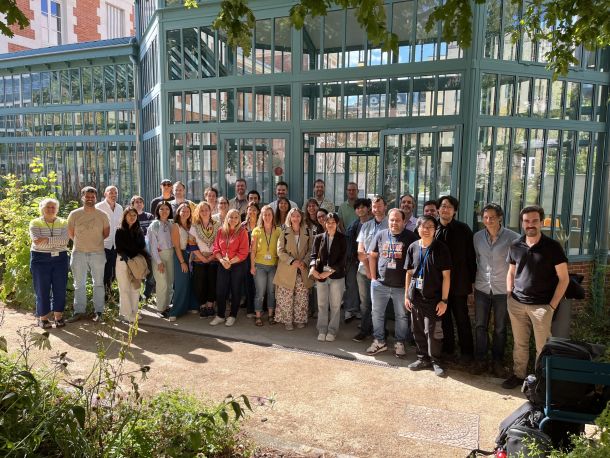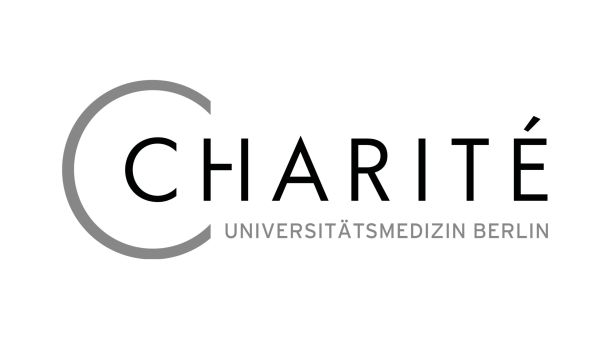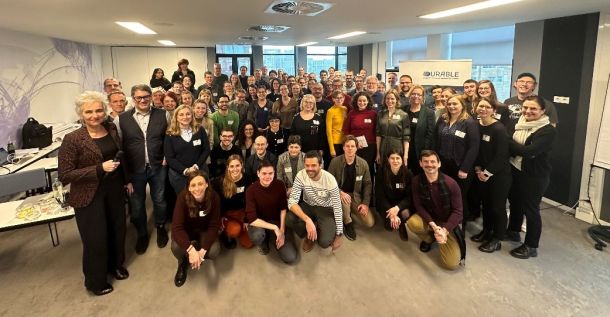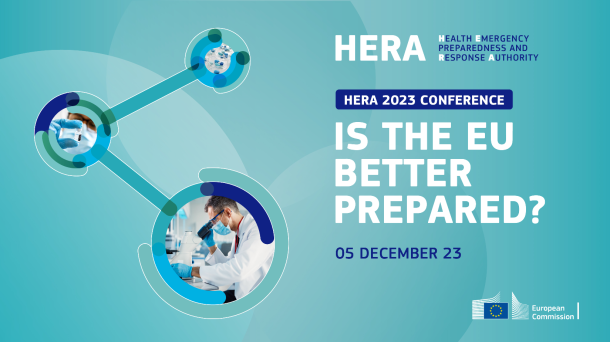DURABLE Bioinformatics Course, taking place at Institut Pasteur, Paris, from July 7 to 11, 2025
The DURABLE Bioinformatics Course is taking place right now at Institut Pasteur, Paris!!! We have 24 scientists from 18 organizations on three continents learning from 10 instructors in this exciting course.
Course Overview
This course is designed around a simulated outbreak scenario to provide hands-on experience with genomic tools at different stages of an outbreak investigation. Participants will learn how to detect pathogens, analyze their origins, and trace transmission routes using state-of-the-art sequencing and bioinformatics methods.
Learning Objectives
The overall objective is to gain insight into bioinformatics applications for specific questions related to outbreak response. By the end of this course, participants will have notions on and knowledge of tools for:
1. Apply metagenomic techniques (in silico) for pathogen detection.
2. Use global genomic datasets to assess pathogen evolution and origins.
3. Analyze transmission dynamics using phylodynamics.
4. Interpret genomic data to inform outbreak response strategies.
Participants’ profile
The course will prioritize researchers working on infectious disease genomics and pathogen biology, particularly those with ongoing or planned projects requiring bioinformatics analyses on early outbreak detection and response. Participants might come from diverse scientific backgrounds to foster interdisciplinary collaboration. No previous command line knowledge is necessary.
Expected Outcomes of the Course
-Interdisciplinary Collaboration – Foster interactions between experts in bioinformatics, epidemiology, and public health, with a focus on research-oriented bioinformatics applications.
-Metagenomics Data and Analysis – Gain knowledge of metagenomic raw data, analytical pipelines, and available resources for further exploration.
-Evolutionary Dynamics and Pathogen Biology – Acquire knowledge on evolutionary processes, their impact on pathogen biology, and their implications for the development of appropriate medical countermeasures, while recognizing the method’s potential and limitations.
-Phylodynamics and Transmission Route Analysis – Learn the principles of phylodynamics, how to trace transmission routes by integrating genomic and epidemiological data, and the strengths and limitations of these methods.








